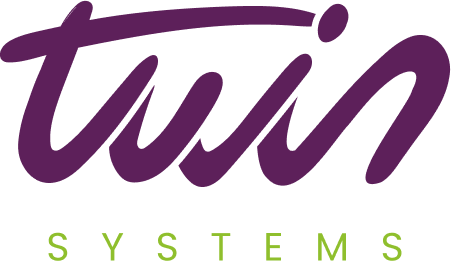As technologists, we are always thinking about the future of IT and solutions, right? So it is often the case that when we retire older systems, or move location the value of software licences we have left in those configurations is often ignored. The question is how much money are you leaving on the table.
Today’s configurations are complex whether they be servers, end point devices or the fabric of your infrastructure. The question is what is your procedure for verifying the licence status of each asset as you dispose of it?
Software tends to be brought in tranches and can sometimes be fit and forget (good news for software vendors) but not great news for your technology budget.
Linking the the disposal of any technology asset with a full and thorough cross reference to your asset register will yield in many cases a crop of saved money. Even better utilise your own or procure the services of a managed service business to actively manage your assets.
Software Harvesting
We frequently work with companies who want to move from a limited view of where things are installed to a richer data set that includes usage details. Without fail, they are always surprised when they are able to view their actual usage. Usage never matches their guess, and the majority of the time, usage is much lower than they expected. We deployed Twin Monitoring at one client with 1000 users we identified seven applications that each had over 100 unused installations. They harvested these licenses, uninstalled the software, reduced their maintenance contracts, and in some cases, redeployed some of the software to other computers. A bit of usage analysis for these seven products alone resulted in a savings of over £30,000.
Once up and running your savings are baked in and you see the benefits every year. You can then move to a more proactive method of purchasing licensing recognising your real needs.
Right Sized Licensing
Many software publishers offer a variety of product suites with different, overlapping programs. Commonly when an organization purchases these suites, they either don’t evaluate which programs they actually need, or they look to their “power users” and conclude that the “Pro” version is necessary. Then they simply buy this more comprehensive and more expensive suite for all users who need the software. The more economical “Standard” suite versions that would actually satisfy many users gets overlooked.
In summary whilst technology is often about the future a quick and consistent view of today could ensure you enjoy a bumper saved money harvest

